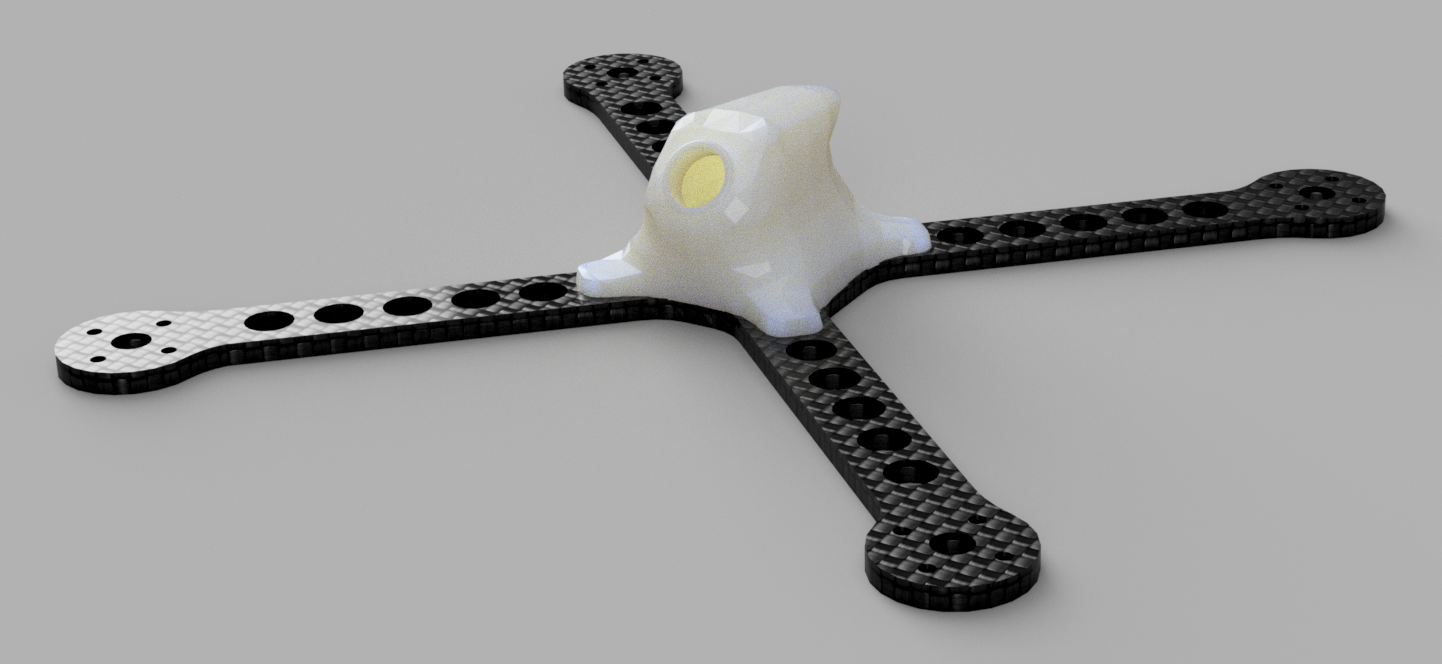
FPV Drone product design, with the advent of FPV racing and combined enthusiasm for remote control, the 20% growth margin should be consistent for projects of 2030. Drones can be used for all types of utilitarian needs, industries include; Agriculture, Civil and Security, Fire and Safety, and down the road personal transportation.
Agricultural Drones have many uses, these advantages include:
-
Precision agriculture: Drones equipped with specialized sensors and cameras can collect detailed data about crops, soil conditions, and plant health. This data can be used to create precise maps, monitor crop growth, detect pests or diseases, and optimize resource allocation such as water, fertilizers, and pesticides. It enables farmers to make informed decisions and take targeted actions to improve yield and reduce costs.
-
Efficient crop monitoring: Drones can quickly and efficiently survey large areas of farmland, providing a comprehensive view of crop health and growth. They can cover more ground in less time compared to traditional manual inspections, allowing farmers to identify issues and address them promptly. Timely detection of crop stress, nutrient deficiencies, or pest infestations can help prevent crop losses and increase overall productivity.
-
Accessibility and flexibility: Drones can access areas that are difficult or dangerous for humans or traditional machinery to reach. They can fly over uneven terrain, hilly regions, or dense vegetation, providing valuable insights from various angles. This accessibility allows farmers to monitor remote or large-scale farms effectively and make data-driven decisions to optimize operations.
-
Cost and time savings: Drones can automate and streamline various agricultural tasks, saving both time and costs. For example, they can autonomously perform aerial surveys, reducing the need for manual labor and expensive equipment. Drones can also quickly identify specific areas requiring attention, eliminating the need to treat entire fields uniformly. This targeted approach can reduce input costs and minimize environmental impact.
-
Crop spraying and seeding: Drones equipped with sprayers or seed spreaders can precisely apply fertilizers, pesticides, or seeds to crops. This targeted application reduces wastage and ensures even distribution, resulting in optimized resource utilization and improved crop health. It also minimizes the exposure of farmers to potentially harmful chemicals, promoting safer working conditions.
-
Environmental monitoring: Drones can monitor environmental factors such as soil moisture, temperature, and water quality. By collecting real-time data, they can help farmers optimize irrigation practices, prevent water runoff, and mitigate environmental risks. Drones can also monitor and map the extent of soil erosion or detect the presence of invasive plant species, aiding in conservation efforts and sustainable land management.
-
Scalability: Drones can be deployed across farms of various sizes, from small-scale operations to large commercial estates. They offer scalability in terms of data collection, analysis, and decision-making. Farmers can adapt the technology to suit their specific needs and gradually integrate drones into their existing agricultural practices.
It's important to note that the effectiveness of drones in agriculture depends on various factors such as drone capabilities, sensor technology, data analysis tools, and the expertise of farmers in leveraging the collected data for decision-making.
